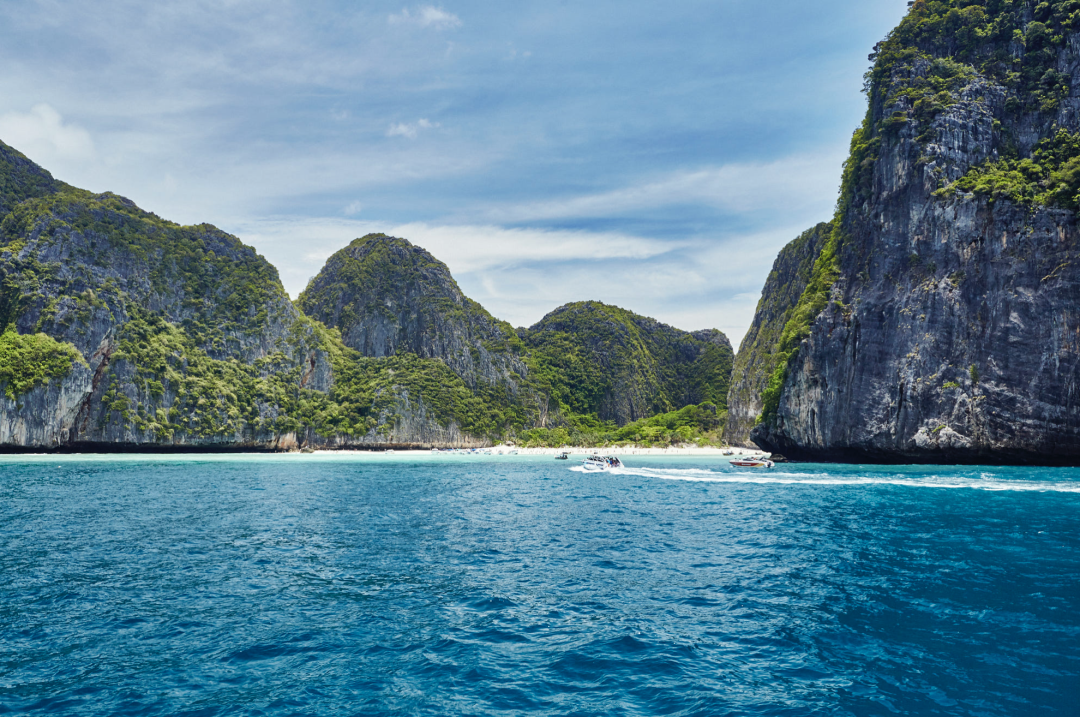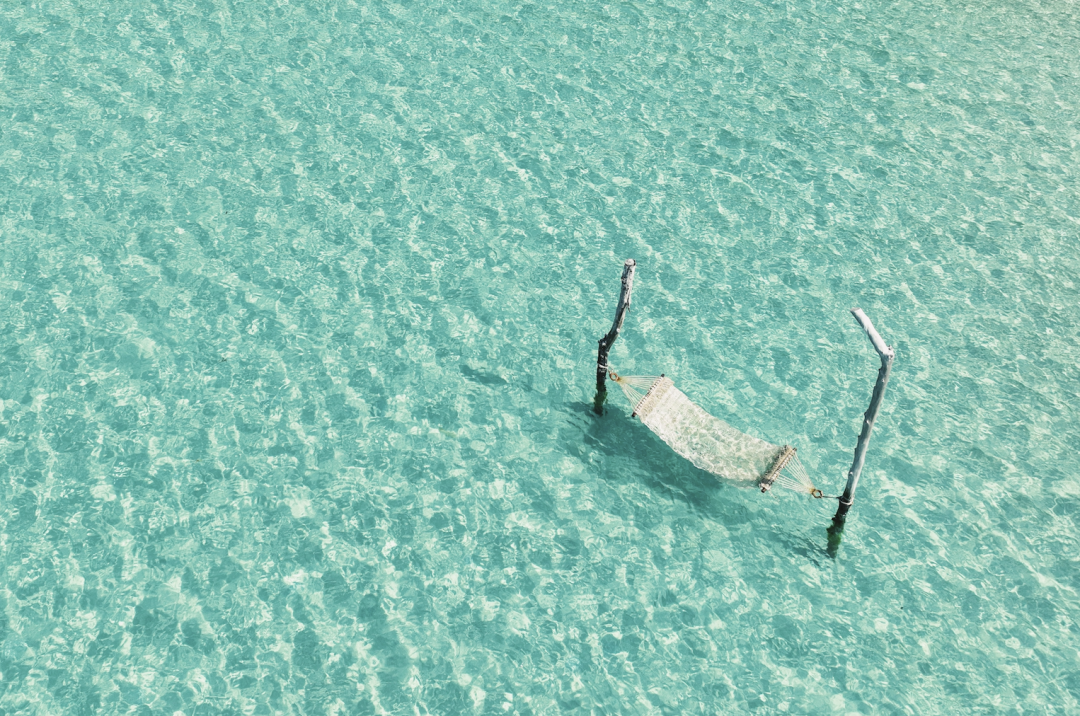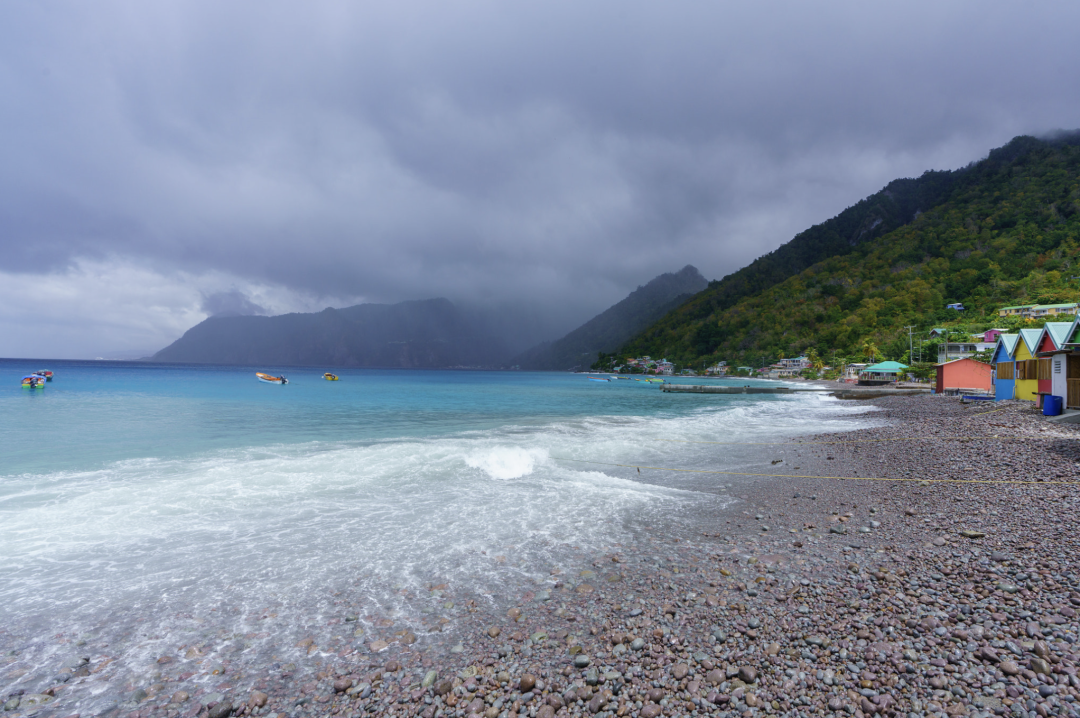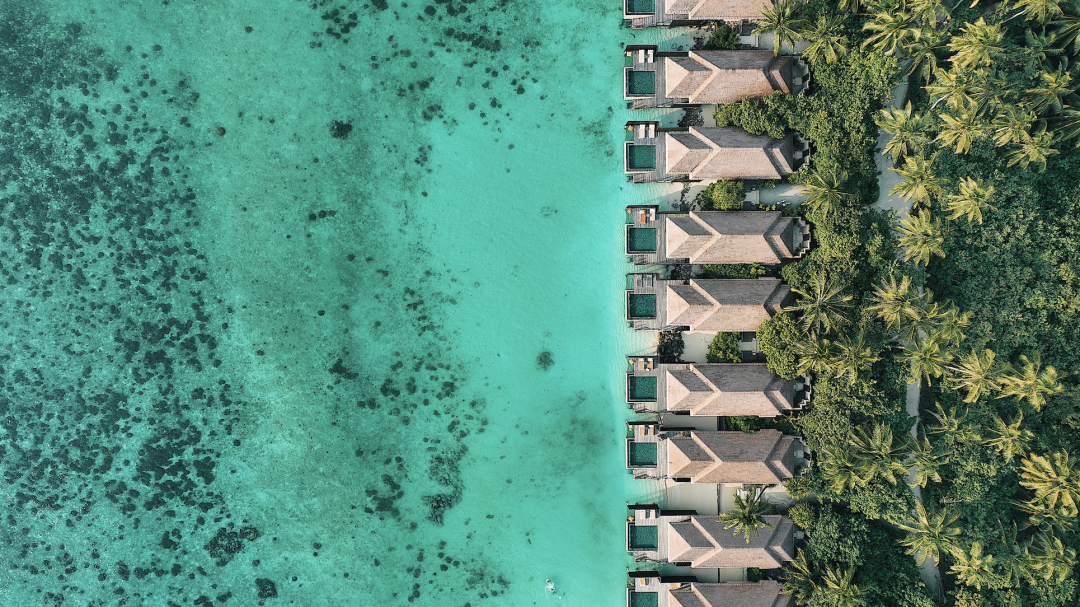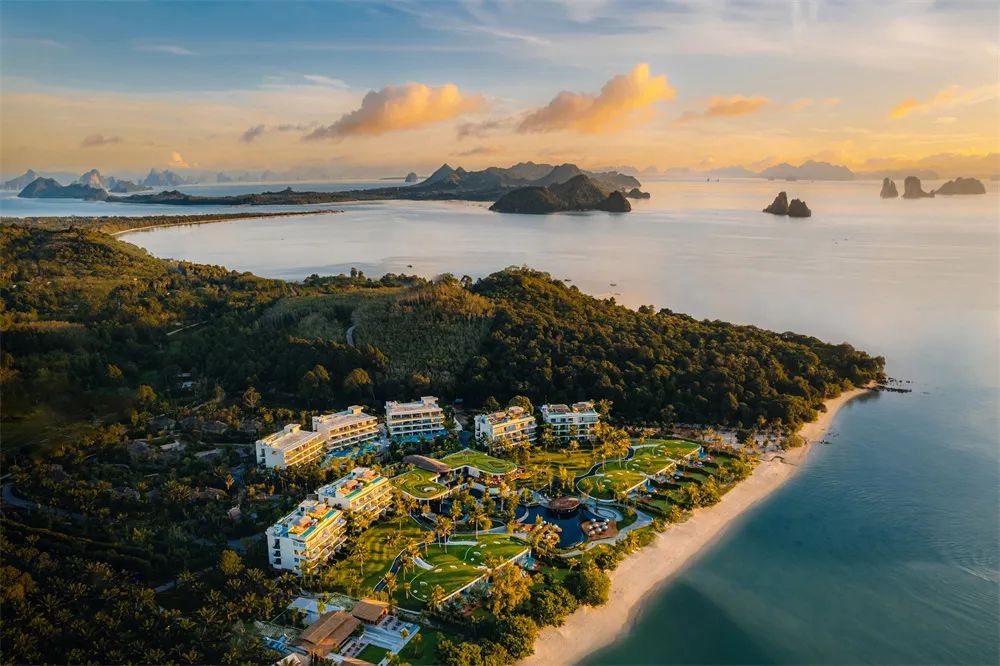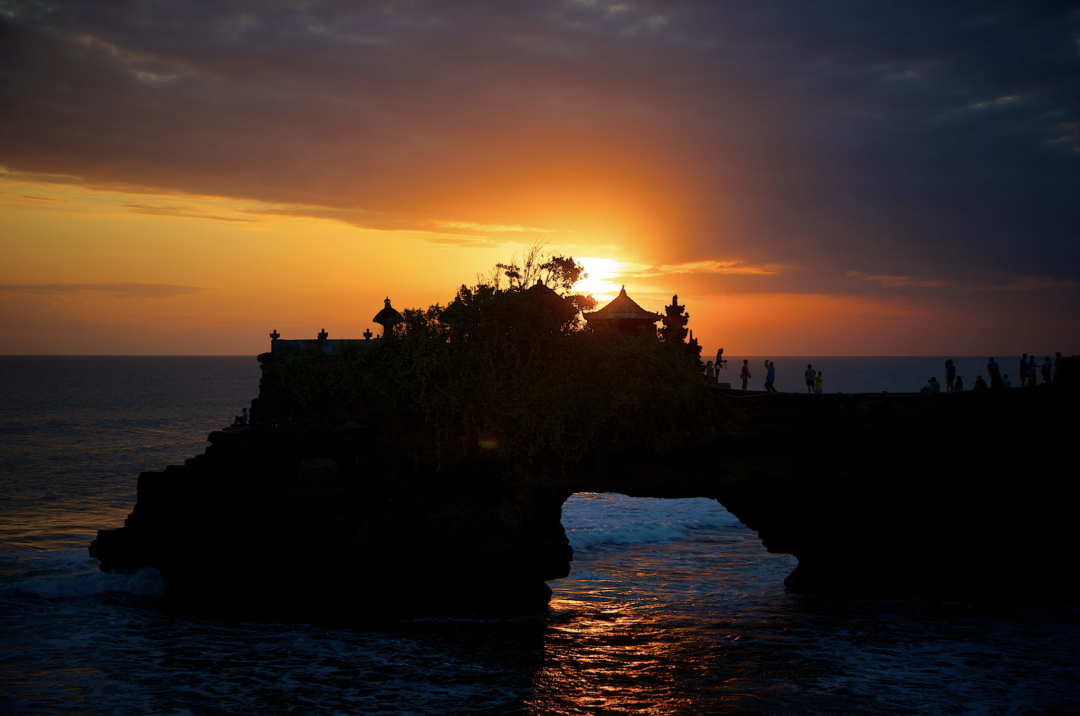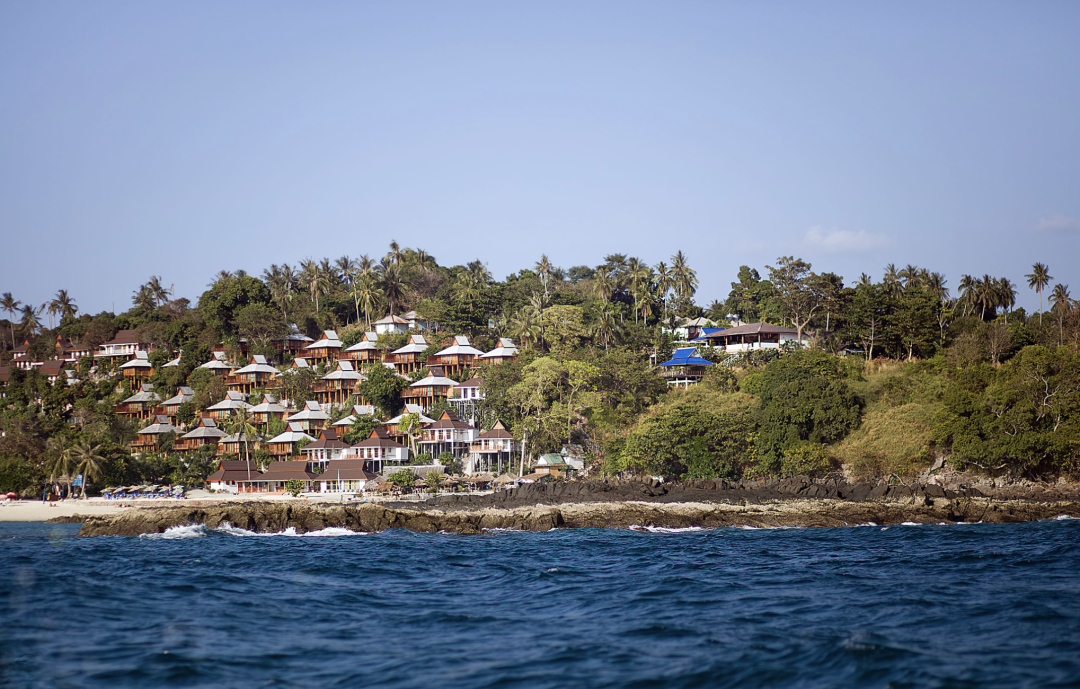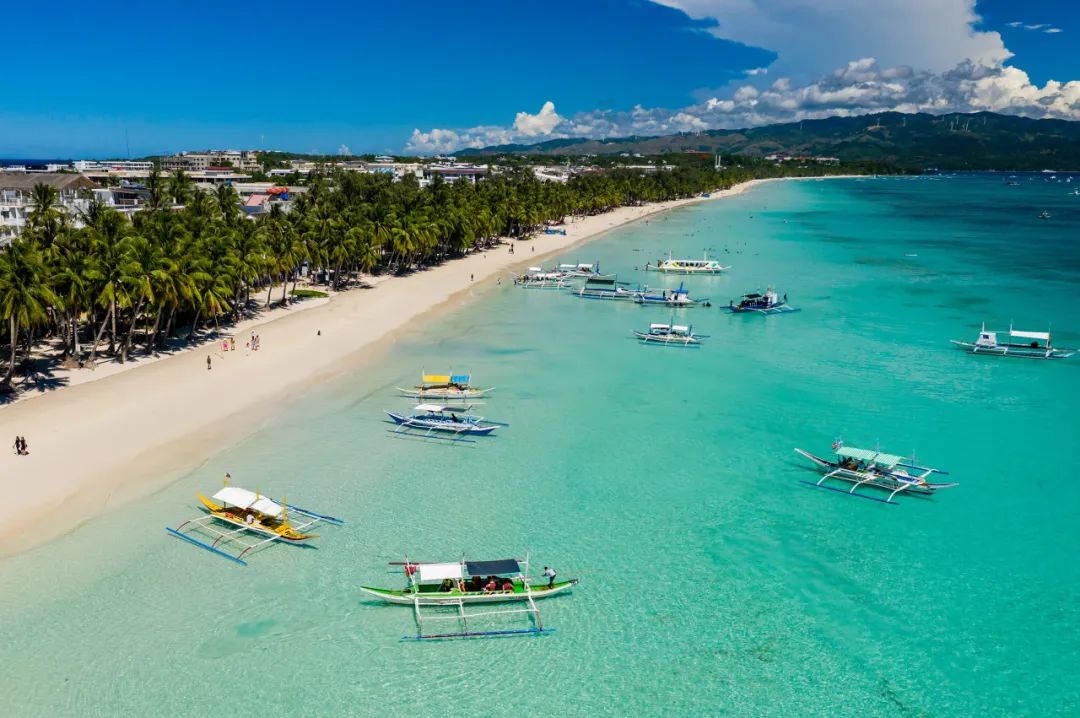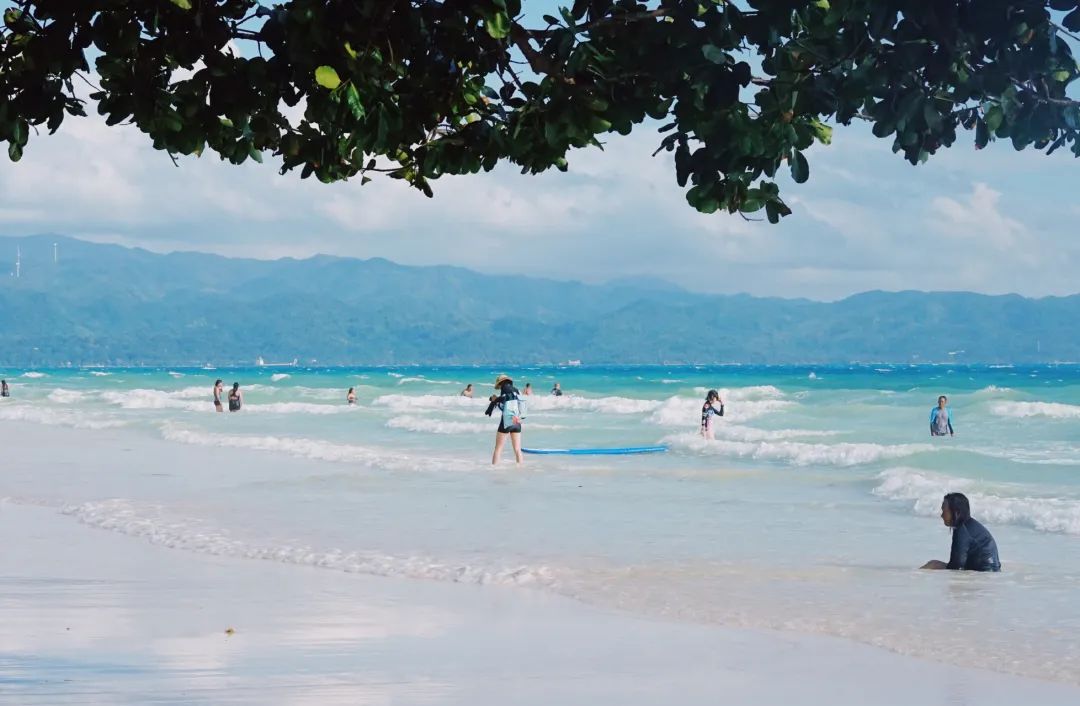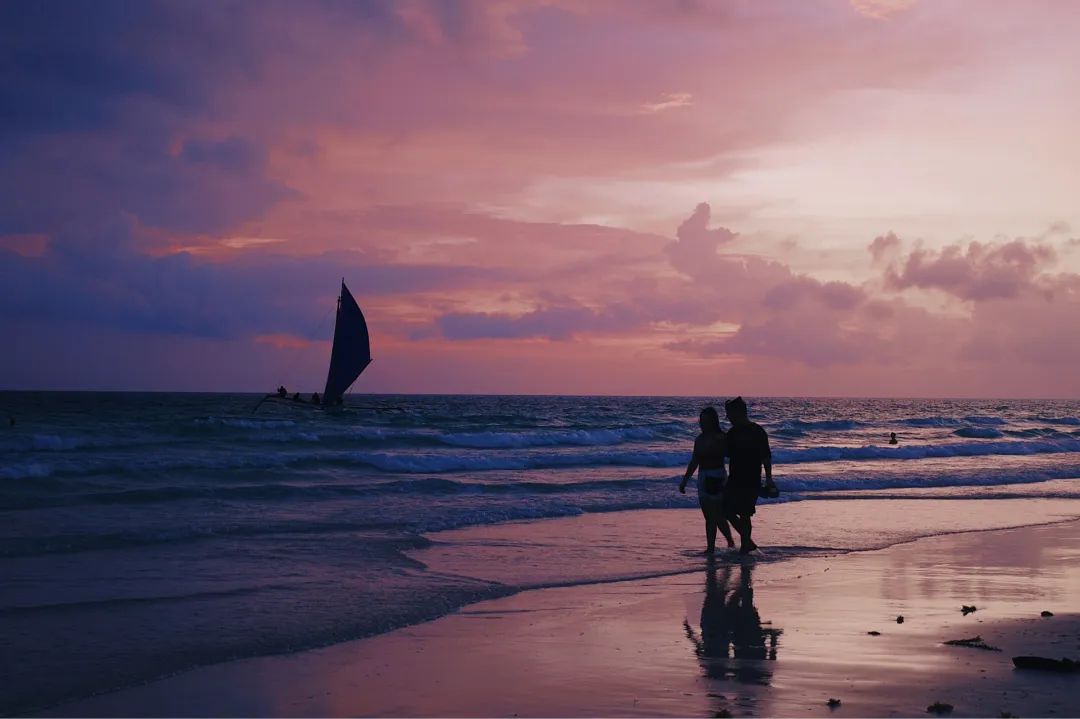Why write this guide? Recently, we received multiple travel offers promoting off-season deals for destinations like Thailand, the Maldives, and Sri Lanka. These promotions highlighted significant discounts, making it a great time to explore tropical islands while saving money. This inspired us to create a detailed guide explaining the high season (dry season) and low season (rainy season) for popular island destinations. Understanding these patterns helps travelers balance weather preferences, costs, and crowd levels.

1. Why Do Islands Have High and Low Seasons?
Most tropical islands experience distinct dry and rainy seasons, which directly impact tourism:
- Dry Season (High Season): Sunny skies, calm seas, and ideal conditions for beach activities. Prices for flights and hotels peak due to high demand.
- Rainy Season (Low Season): Frequent short rain showers (usually 1–2 hours per day) and occasional storms. While weather is less predictable, prices drop significantly, and crowds thin out.
Pro Tip:
Rainy seasons don’t mean constant downpours. For example, during a trip to Thailand’s Koh Kood in the dry season, we enjoyed uninterrupted sunshine, while a visit to the Philippines’ El Nido during the rainy season led to canceled tours due to heavy storms—a reminder that luck plays a role!
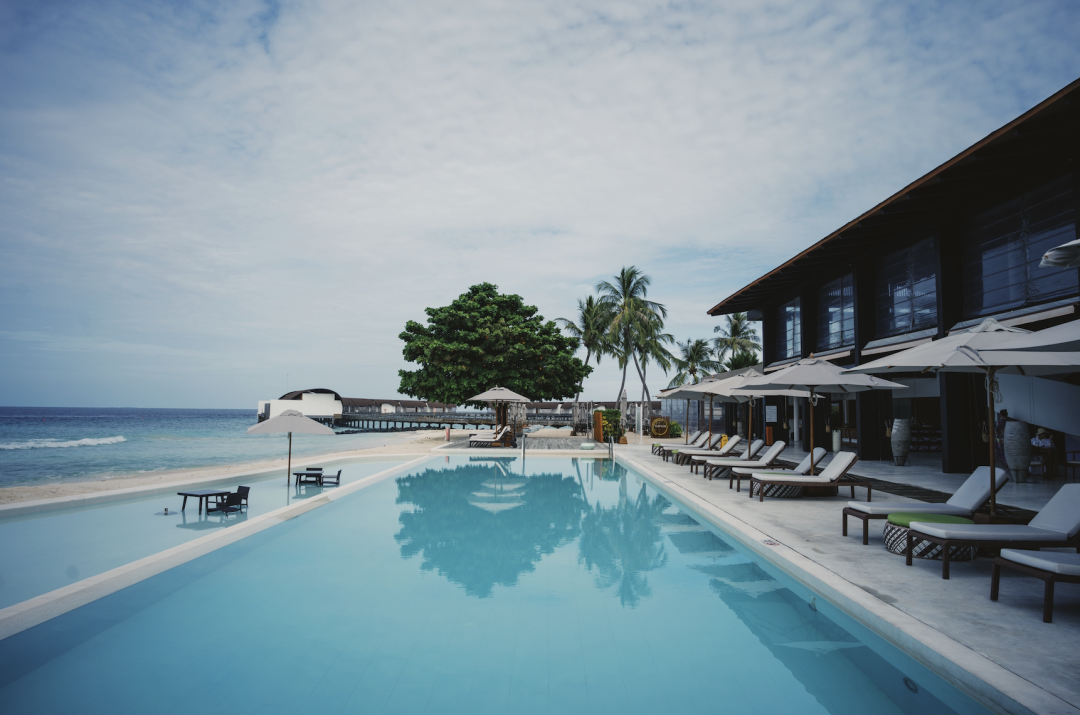
2. How Holidays Affect Travel Seasons
Peak travel periods often align with holidays, raising prices and demand:
- Chinese Holidays: Lunar New Year, May Day (May 1), National Day (October 1), and summer vacations drive up prices in destinations like Thailand and Bali.
- Western Holidays: Christmas and New Year see spikes in travel to the Maldives and Caribbean islands.
- Winter Escapes: Destinations like Bali (July–August) and Phuket (November–April) attract visitors from colder regions.
Savvy Tip:
Choose “mixed” destinations. For example, the Maldives’ Ayada Island caters to Chinese travelers and often avoids peak pricing during Western holidays.
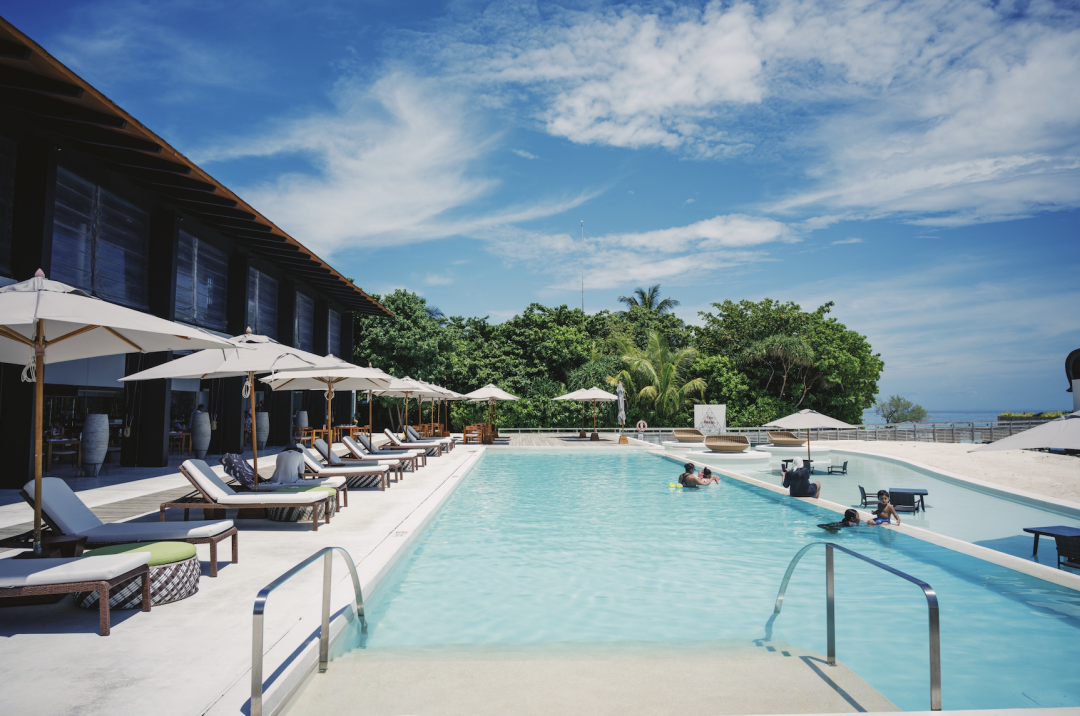
3. Price Differences Between Seasons
Market demand heavily influences costs. For instance:
- Thailand’s islands offer discounts of 30–50% during low seasons (May–October).
- Maldives resorts reduce rates by 30% from May–October, despite occasional rain.
- Bali hotels drop prices in February–March and October–November, its rainy months.
Key Insight:
Traveling during shoulder seasons (e.g., April–June or September–October) balances good weather and lower prices.
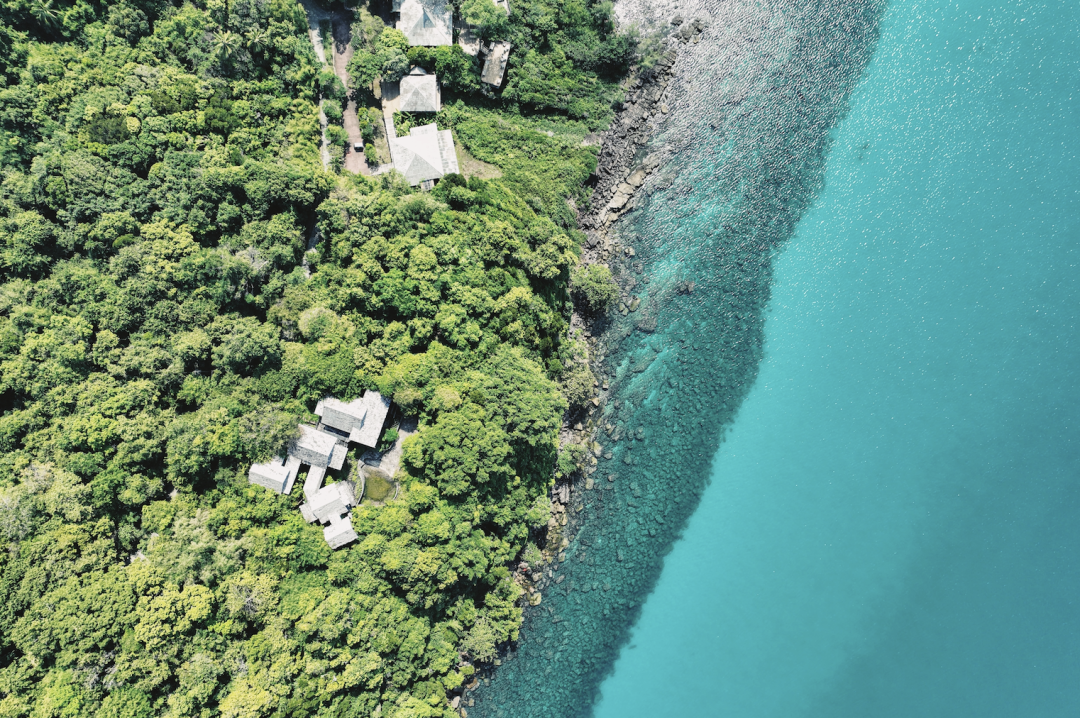
4. Best Time to Visit Popular Islands
Beginner-Friendly Islands
- Boracay, Philippines
- Best: October–April (dry, sunny days).
- Low Season: May–October (rainy, occasional typhoons).
- Highlight: Direct flights from cities like Shanghai and Chengdu make it accessible.

- Phuket, Thailand
- Best: November–April (calm seas, ideal for snorkeling).
- Low Season: May–October (cheaper hotels, fewer crowds).
- Tip: Post-Songkran Festival (mid-April), prices drop sharply.

- Bali, Indonesia
- Best: July–August and December–January (dry, cultural festivals).
- Low Season: February–March and October–November (rain showers, lush greenery).
- Highlight: Ubud’s rainforests shine in light rain.

- Jeju Island, South Korea
- Best: May–June and September–October (mild weather).
- Low Season: Winter (snowscapes, budget flights under $100 round-trip).

Intermediate Islands
- Maldives
- Best: November–April (crystal-clear waters).
- Low Season: May–October (30–50% discounts; brief rain showers).
- Pro Tip: October and April offer the best balance of price and weather.

- Seychelles
- Best: April–September (dry, perfect for hiking and beaches).
- Low Season: October–March (higher humidity, lower prices).

- Fiji
- Best: May–October (cool, dry “winter”).
- Low Season: November–April (hot, humid, cyclone risk).

Advanced Islands
- Bora Bora, French Polynesia
- Best: May–October (minimal rain, ideal for overwater bungalows).
- Low Season: November–April (lower rates, lush landscapes).

- Galápagos Islands, Ecuador
- Best: December–May (warm water, wildlife nesting).
- Low Season: June–November (cooler, choppy seas).

- Réunion Island
- Best: April–November (dry, great for volcano trekking).
- Low Season: December–March (rainy, fewer tourists).

5. Travel Tips for Off-Season Trips
Weather Prep:
- Pack waterproof gear and flexible itineraries.
- Use apps like Windy for real-time forecasts.
Health & Safety:
- Check travel advisories for monsoon-related risks (e.g., jellyfish in Thailand’s rainy season).
Book Smart:
- Use platforms like Skyscanner or Google Flights to track price trends.
Local Insights:
- Follow tourism boards on social media for updates on festivals or weather disruptions.
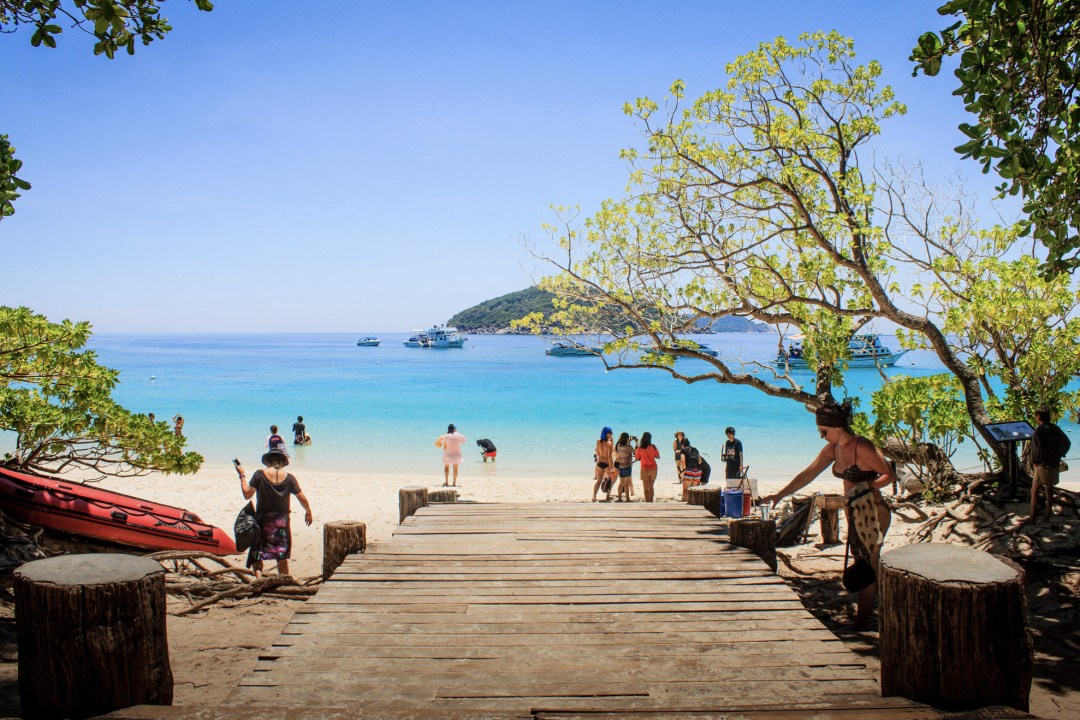
6. Conclusion
Traveling during the low season unlocks unbeatable deals and unique experiences—imagine having Bali’s temples or the Maldives’ lagoons almost to yourself! While weather can be unpredictable, the trade-off is often worth it for budget-conscious travelers.
Final Tip:
Always purchase travel insurance to cover trip interruptions, and embrace the adventure—rain or shine!
